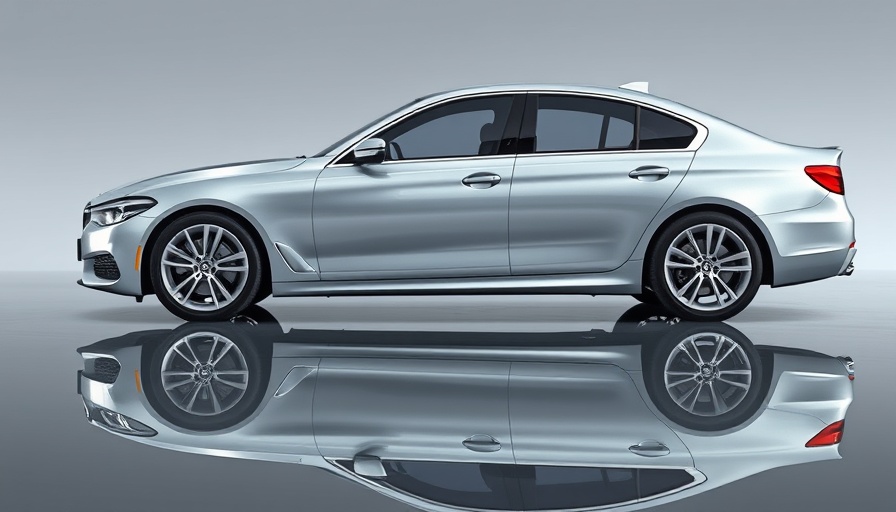
Understanding the New Car Affordability Crisis
In a landscape where the cost of owning a vehicle is continuously climbing, many Americans are feeling stuck. A recent study reveals that close to 40 percent of potential car buyers simply cannot afford to buy new vehicles, forcing existing owners to extend their current ownership cycle. As costs keep soaring, older cars are being kept longer, and the connection between financial strain and vehicle retention becomes clearer.
Why Are Car Owners Holding On?
Economic pressure is a major theme among American car owners, with 63 percent of respondents in a related study indicating they plan to retain their vehicles because they have paid them off and face high loan interest rates for new cars. Additionally, 53 percent of these owners cite reliability as a primary reason for continuing to drive their current vehicles. High maintenance costs and comfort are also significant factors, illustrating a shift in consumer priorities.
This consumer behavior speaks volumes about the current auto market, where affordability has shifted from a mere preference to a critical consideration for many. Importantly, among the owners surveyed, 73 percent withheld new purchases until their vehicles are no longer operational, suggesting a strong inclination to maximize the value of their current investments.
Shifting Perspectives on Vehicle Brands
This retention trend does not apply uniformly across all car manufacturers. Interestingly, the study indicates that owners of brands traditionally viewed as reliable, such as Honda and Toyota, tend to keep their vehicles the longest—averaging 7.3 and 6.4 years, respectively. In contrast, Tesla owners, despite their vehicles' cutting-edge reputation, average only about 3.2 years of ownership, with high buyer’s remorse reported. This situation challenges the assumption that newer brands would inherently attract long-term dedication from consumers.
The Economics of the Automotive Market
The affordability issue is not something to be taken lightly. Over the last decade, the average price of a new car has surged by 62 percent, even outpacing general inflation rates. This stark rise emphasizes how daunting it has become for average consumers to transition into newer, often electric vehicles, which tend to be priced even higher than traditional internal combustion engine (ICE) vehicles.
Amid this financial turmoil, automakers must navigate a market increasingly defined by consumer skepticism and caution, especially regarding electric vehicle adoption. As many Americans stretch their vehicle lifespans, brands need to ensure their offerings demonstrate trustworthiness and reliability.
Future Implications for the Auto Industry
Soaring costs and economic uncertainty are likely to keep car buyers on the sidelines in the near future. Industry forecasts predict a low single-digit growth in new vehicle sales, highlighting an already cautious consumer sentiment that manufacturers will have to address proactively. While innovation continues, it needs to align better with the evolving needs and expectations of consumers who prioritize affordability and reliability.
Final Thoughts: Are We Heading for a Revolution in Vehicle Ownership?
This period of economic restraint undoubtedly calls for a new approach from manufacturers and consumers alike. Brands must focus on building cars that not only stand the test of time but also ensure cost-efficiency without compromising on quality. In the face of ongoing inflation and high interest rates, the relationship between car buyers and manufacturers may need to transform profoundly.
 Add Row
Add Row  Add
Add 




 Add Row
Add Row  Add
Add 

Write A Comment